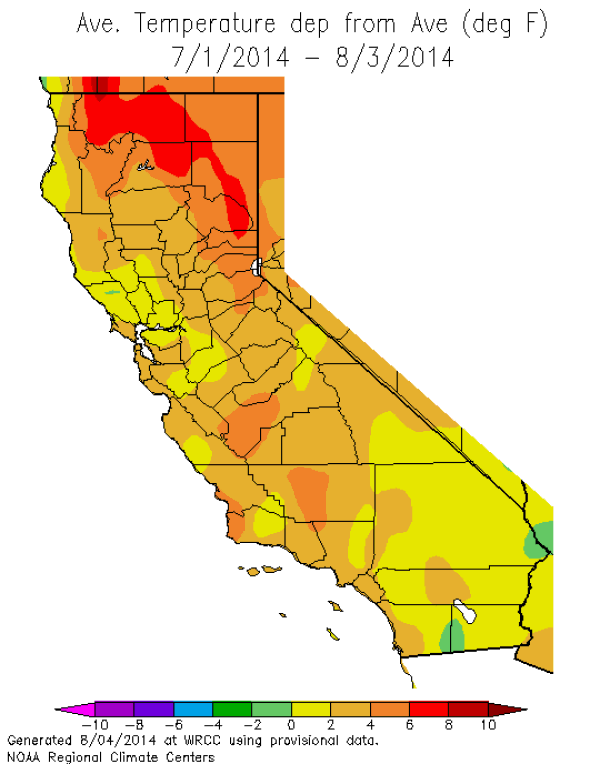It’s not supposed to rain in Southern California this time of year. But it did on Sunday, with tragic consequences. One man died as his car was washed away near Mount Baldy in San Bernardino County, according to the Weather Channel.
An unusually active southwesterly monsoon streamed moisture northward, with the San Gabriel Mountains just north of the Los Angeles metro area acting as a giant ramp, forcing the clouds upward and squeezing out hefty amounts of rainfall.
According to the National Weather Service in Los Angeles, it was the first time that rain had ever been measured in much of Southern California on Aug. 3—normally the middle of the dry season. The storms brought a lot of lightning, too, just days after a bolt killed a 20-year-old at Venice Beach:
As of midday Monday, one California town was still cut off by mudslides, stranding hundreds, according to the Los Angeles Times.
That prompted local officials to call for help:
The situation appeared ongoing as of Monday afternoon:
Meanwhile, across typically lush Northern California, fresh wildfires were raging.
At least 120,000 acres are burning across the state right now (nearly the size of San Francisco), egged on by intensifying drought and much-above-normal temperatures. Since July 1, virtually the entire state has been warmer than average, with the greatest departures where the biggest fires are currently burning. Over the weekend, Gov. Jerry Brown declared a state of emergency, intended to improve firefighters’ ability to contain the blazes. As of July 26, the latest day for which data was available, there’ve been 45 percent more fires than normal for this time of the year in California, according to CAL FIRE. As I reported earlier this year, global warming has helped lengthen the state’s fire season.
The weather topsy-turvyness should continue at least for the first part of this week, as the risk of flash floods shifts up to Northern California. The moist monsoon flow is creating an atmosphere that’s 200 percent wetter than normal—a once-a-decade type setup, according to the NWS. Despite the worst drought in state history, the storms aren’t welcome and may even make things worse. According to the National Weather Service in Sacramento, “isolated lightning strikes outside of the thunderstorm rain core combined with very dry fuels could lead to new fire starts.”

